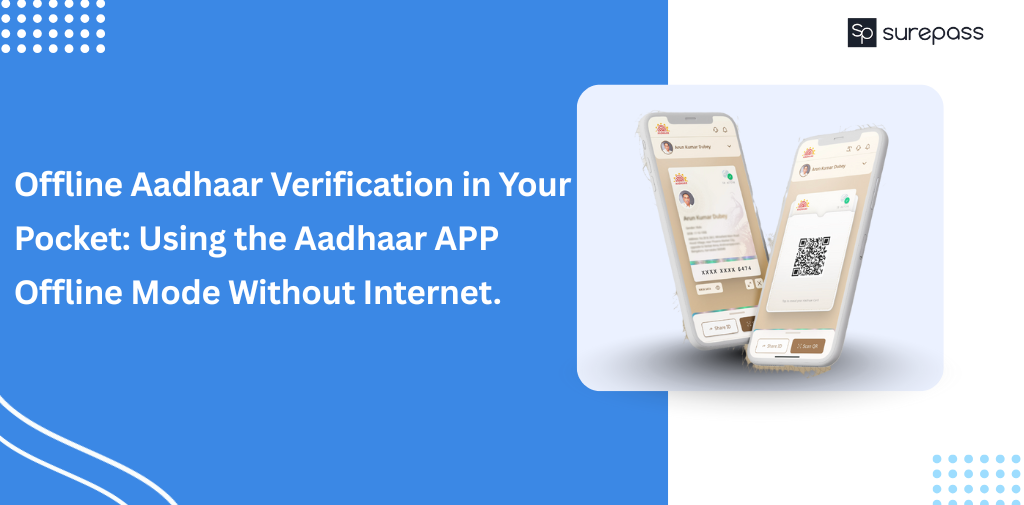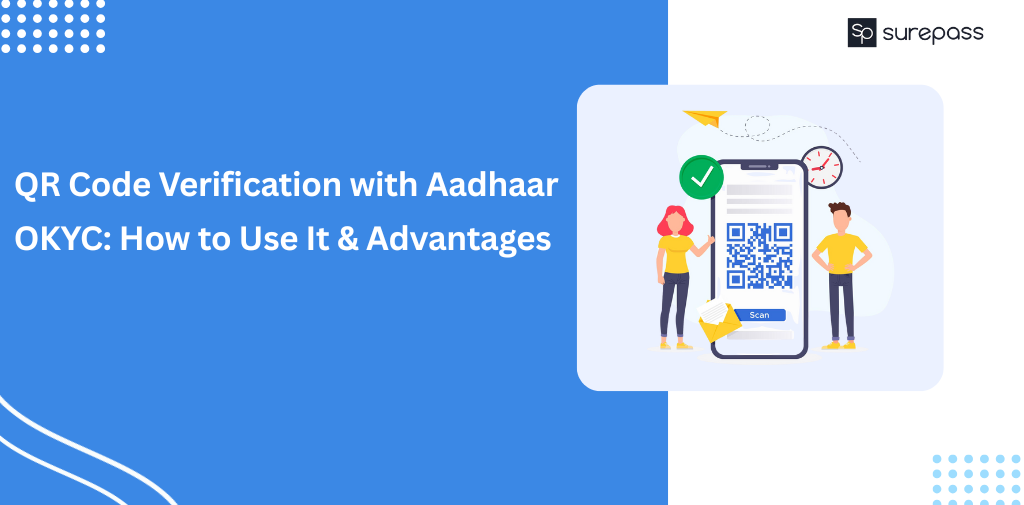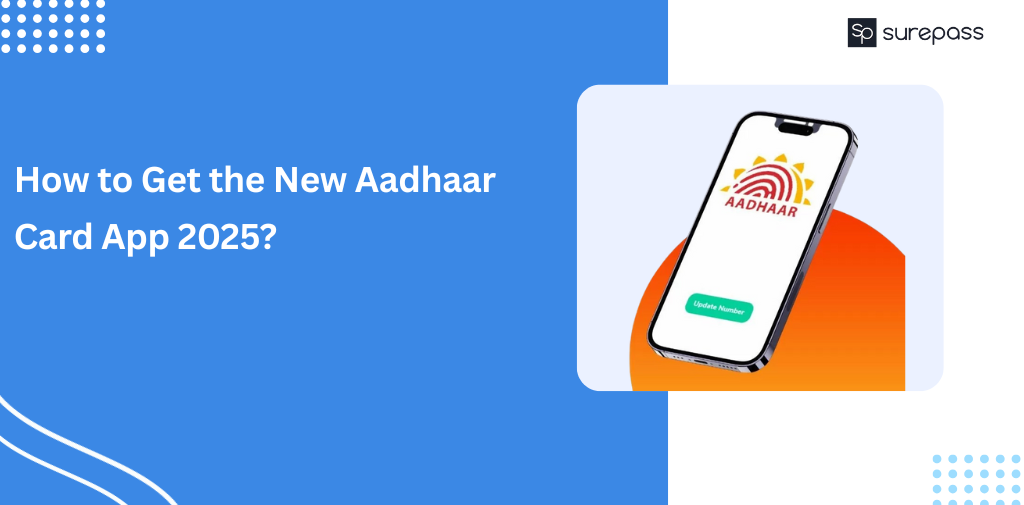Aadhaar XML
Aadhaar XML is a zipped file that can be downloaded from the UIDAI website. It contains the data that the user has chosen to share for verification. In order to protect user privacy, it prevents the Aadhaar number from being disclosed even in disguised form and encrypts email addresses and passwords using a technique established by UIDAI.
Using UIDAI’s private key, the fields that are incorporated into the XML file are digitally signed. Moreover, the public key is included in the file, which makes it easier for service providers to verify the digital signature. This XML file, according to UIDAI, is a digitally signed document that allows the service provider to confirm the veracity of the demographic information provided in the offline verification process.
What is an Aadhaar XML?
The use of Aadhaar XML represents a stage of transition in our digital migration, filling the void until significant internet access is widely available across the country. Even with its skill, the procedure will undoubtedly change over time, taking into account both future technology developments and mitigations of existing issues.
Aadhaar XML is a mechanism that not only embodies technological advancement but also paves the way for secure and user-centric data sharing, ensuring that an individual’s digital identity remains secure, authenticated, and uncompromised in a world that is increasingly moving towards digitization.
-
Ideal Usage Procedures
Sensitive data is stored in Aadhaar XML, which necessitates careful handling and processing. It is crucial that:
-
An Overview of Security Issues
Although the offline verification process using Aadhaar XML is effective, there are relevant security issues. The procedure for providing universities with the downloaded file and password is not specified by UIDAI. Control over data accessibility is lost once it is shared, and without centralized authentication, data preservation regulations are essential to avert potential breaches and protect sensitive data.
Never keep the file without strong encryption and security measures in place.
Data processing needs to be restricted to the client side and shouldn’t be sent to the server, if feasible.
Aadhaar XML file
An individual with an Aadhaar number may use this safe, shareable document to verify their identity offline. If a resident wants to use this service, they must visit the UIDAI website to create their digitally signed Offline XML.
A downloaded Aadhaar XML contains sensitive data that has to be treated and managed carefully. It should never be stored on a server without adequate security and encryption. As much as feasible, information processing needs to be handled by the client rather than being pushed to the server.
Automate your KYC Process & reduce Fraud!
We have helped 1000+ companies in reducing their user onboarding TAT by 95%
How to get Aadhaar XML?
Step 1: Open the www.uidai.gov.in website.
Step 2: Click “Send OTP” after entering “Aadhaar Number” or “VID” and mentioning “Security Code” on the screen.
Step 3: Enter the OTP for the specified Aadhaar Number that was sent to your registered mobile number.
Step 4: Click the “Download” button after entering a Share Code that will serve as the ZIP file’s password.
Step 5: You’ll download the Zip file with the digitally signed XML.
When sharing the document or when the procedure cannot be completed online, offline verification is helpful. One’s capacity to share just the information one chooses to share is a benefit.
How to get Aadhaar XML offline?
The following describes how to create an Aadhaar Offline e-KYC:
- Visit the following website: https://myaadhaar.uidai.gov.in/offline-ekyc
- Type in the “Aadhaar Number” or “VID” and the “Security Code” that appears on the screen. Then, click “Send OTP.” For the specified Aadhaar number or VID, the OTP will be issued to the registered mobile phone. OTP will be accessible via the UIDAI m-Aadhaar mobile application. Enter the obtained OTP. After entering the ZIP file’s password in a Share Code, select “Download.”
- After completing the aforementioned procedures, a Zip file containing the digitally signed XML will be downloaded to the device.
The mAadhaar app also offers the offline Aadhaar XML for download.
Aadhaar XML- Benefits
- Secure Data Transfer: Sensitive personal information may be transferred securely using Aadhaar XML as it is encrypted and password-protected.
- Verification: It is applicable to online identity verification and authentication. For this, a number of public and commercial institutions employ Aadhaar XML.
- e-KYC: Know Your Customer (e-KYC) procedures may be streamlined with the usage of Aadhaar XML, streamlining identity verification for a range of services like bank accounts and mobile connections.
- Digitally Signed: The Unique Identification Authority of India (UIDAI) has digitally signed the XML file to guarantee its legitimacy and resistance to tampering.
- Paperless Aadhaar: People may give their identification information using the Aadhaar XML rather than a physical Aadhaar card, which lowers the possibility of losing the card.





